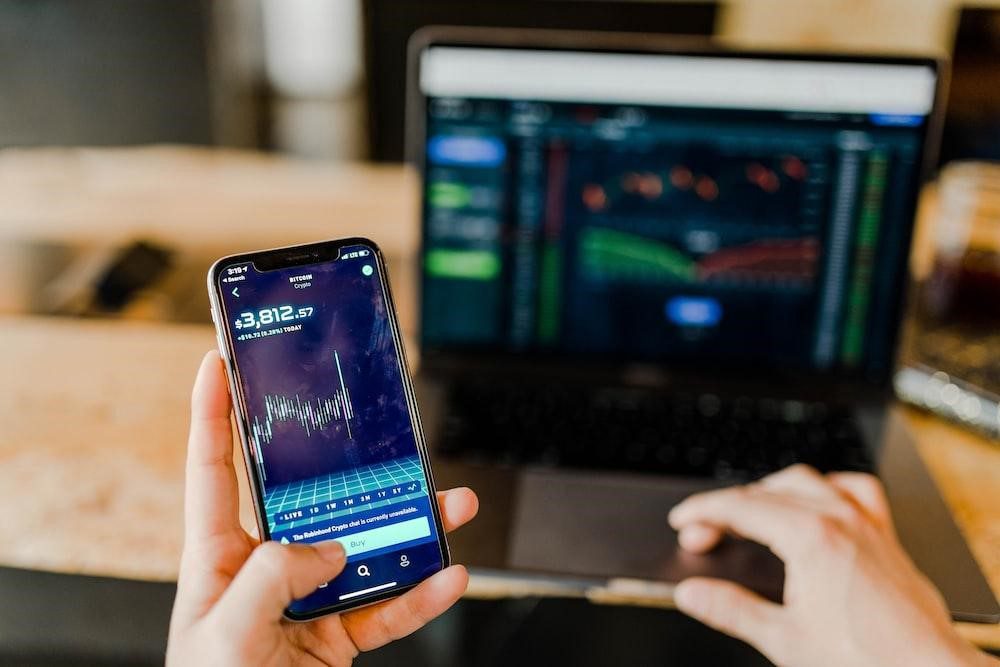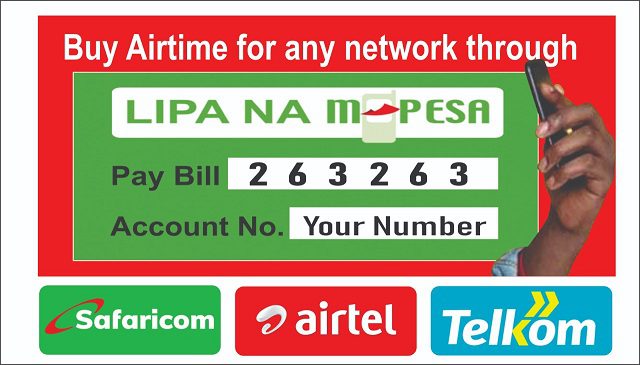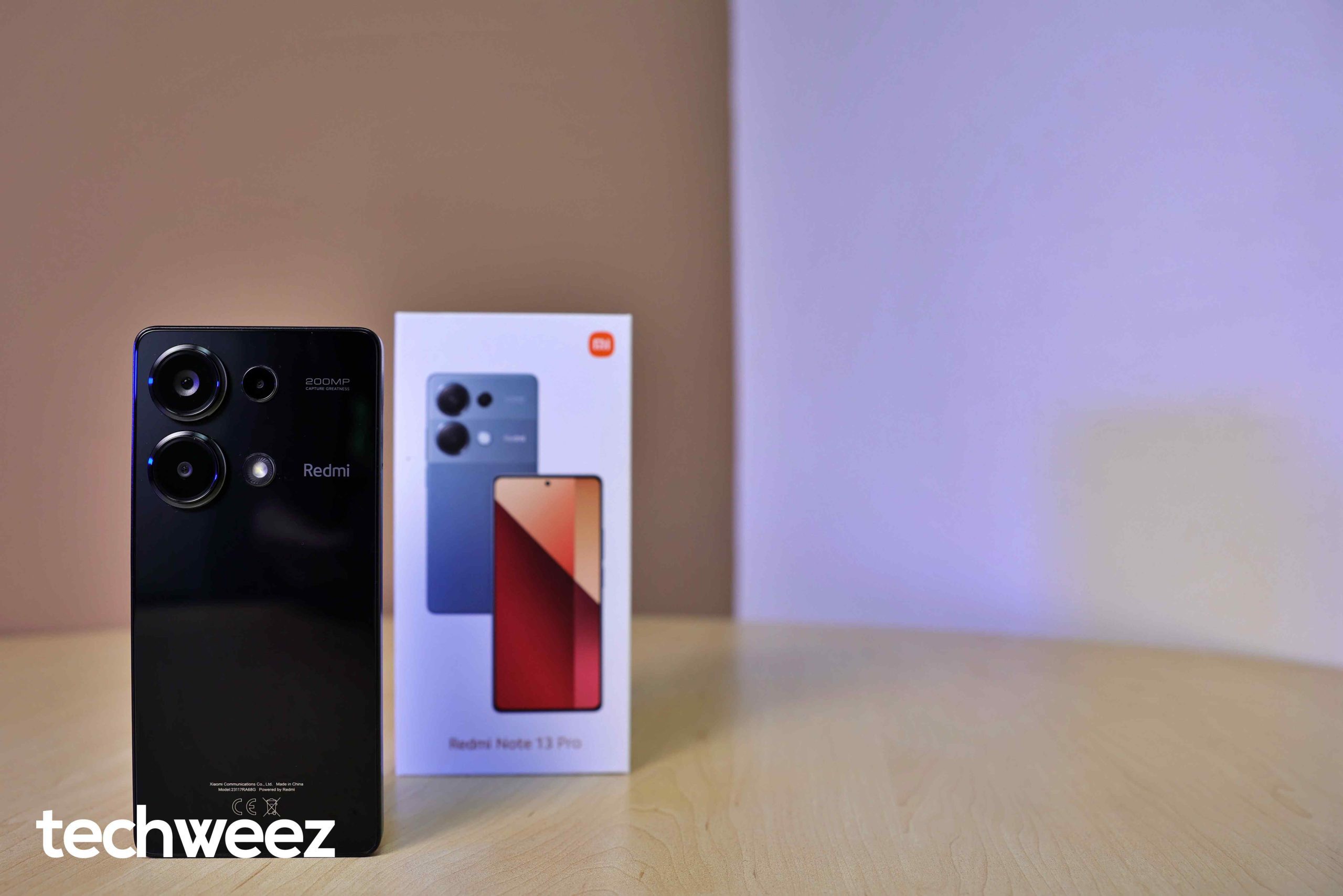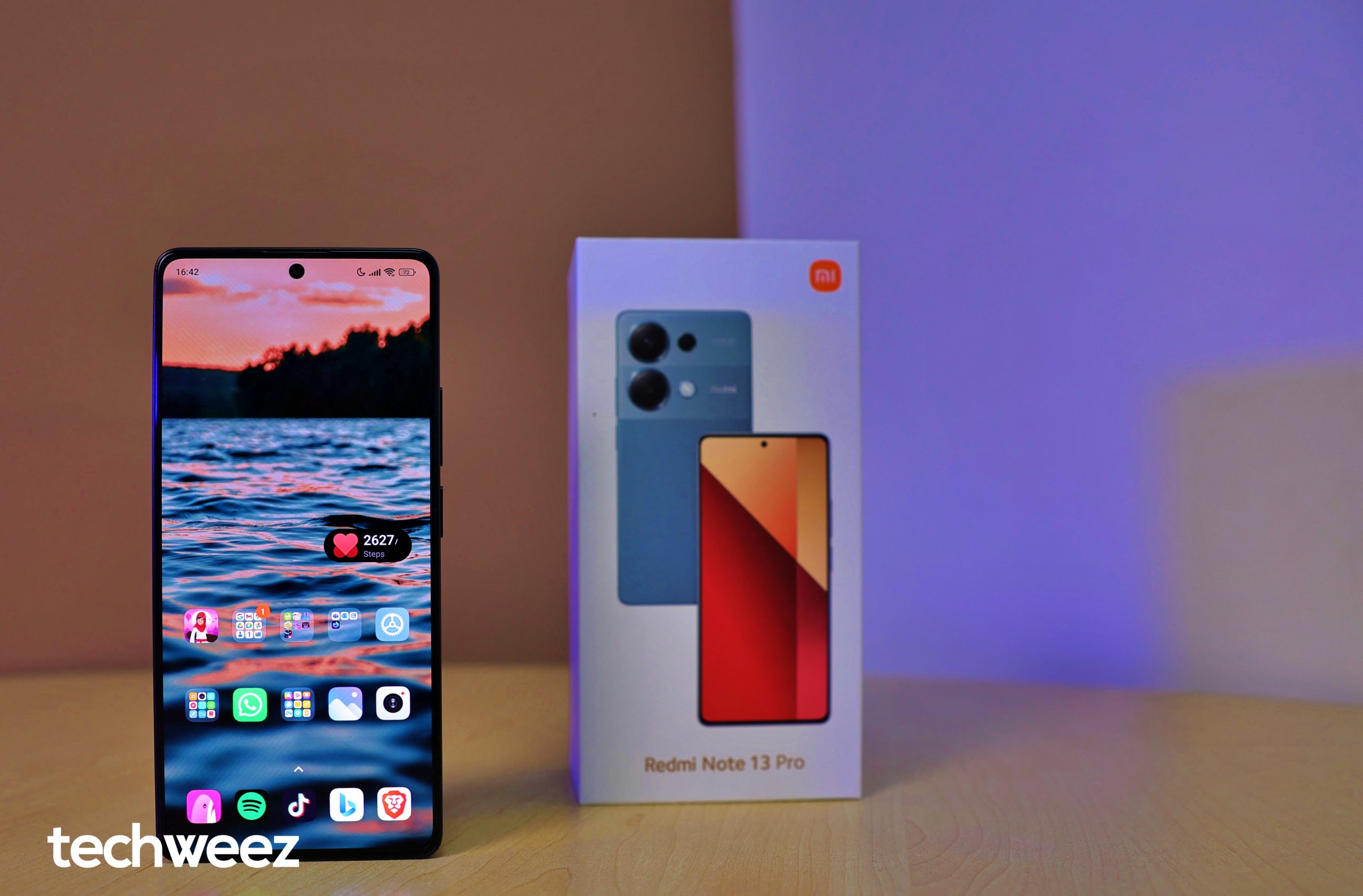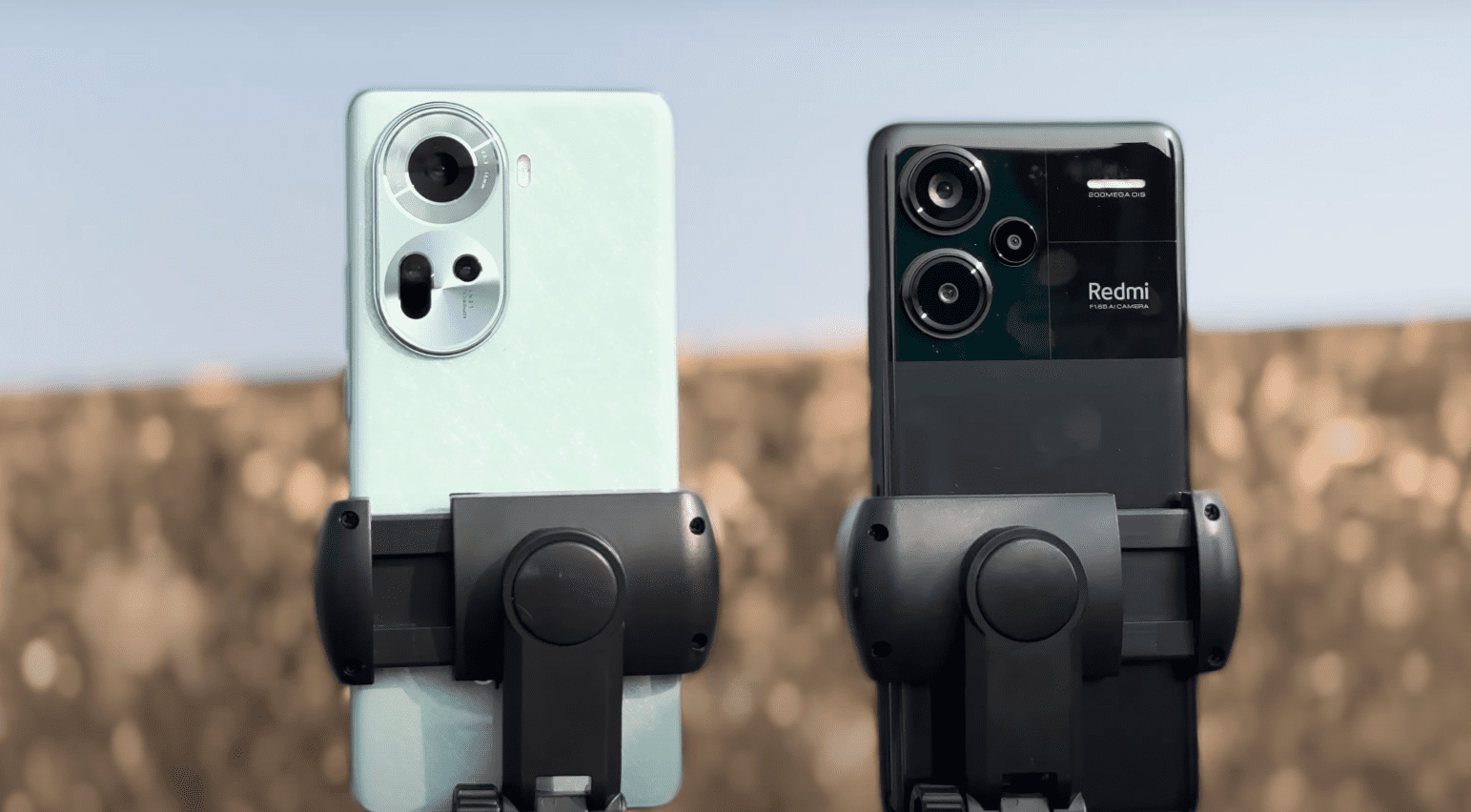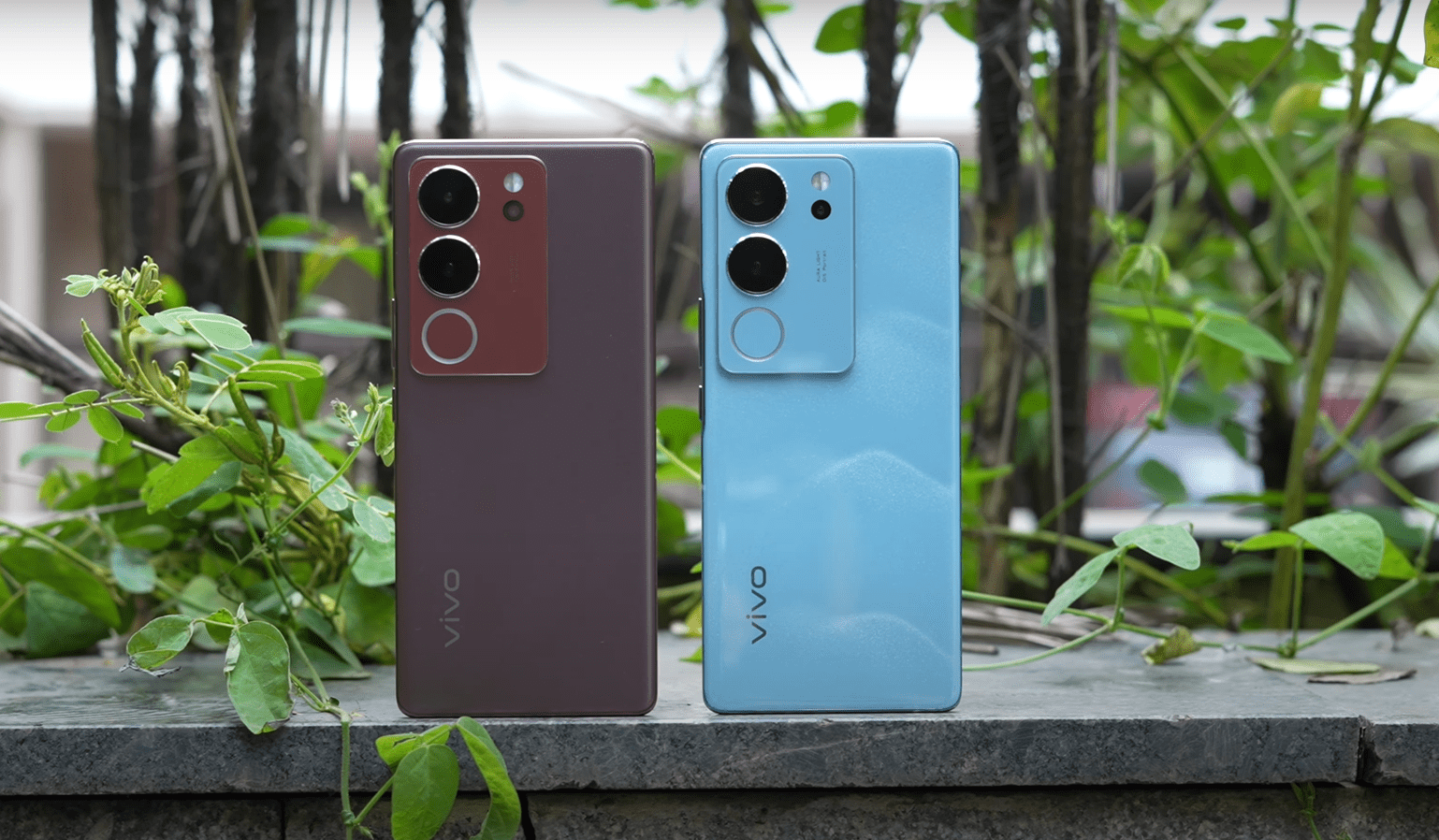

The 7.1 has been living in my pocket alongside the Nokia 3310 (2017) for the last four or five weeks, and I have grown to like it so much. Prior to this possession, I was using the 6.1 Plus that I loved too, although its camera was mostly okay. The 7.1 rectifies that, ups the build quality, keeps the same battery and system performance, and includes HDR capabilities for the screen. The 7.1’s price is a couple of thousands more at KES 34,000 or less (depending on the store of your choice). Is the price difference between it and the 6.1 Plus justified? For the most part, it is, but you will not miss out much if you pick 6.1 Plus.
While this is not a head to head show, I will draw a lot of comparisons between the two (6.1 Plus and 7.1) because they are so similar in many ways, yet drastically apart in some aspects. I will also keep this analysis short and sweet sans any numbers such as benchmarks (we have all gotten all over those graphs, haven’t we? – because they are useless and do not represent real-world usage) and details that will bore you to death.
Let’s jump right in.
Major Wins
Any person close to me who has handled the 7.1 agrees that the device has been put together robustly. It feels premium and rich materially with an aluminium frame sandwiching the glass rear and back – although a tad fragile because the handheld will shatter if dropped on a hard floor because, glass, and you don’t want to do that. Nokia does not include any case in the box, so you may need to look elsewhere for protection.
Besides construction, the device has all the bells and whistles of a 2018 – well, even a 2019 phone. It has a notch (that will be outdated very soon if the current race to avoid screen cutouts is anything to go by), USB Type-C (which is expected for the price), a dual cam sensor even as manufacturers think that number is no longer enough, the latest Android version in the market (way ahead of its competitors) and a bevy of other software features that include an un-bloated experience that focuses on simplicity as Google intends it to be.
The 7.1 does so much in other aspects too; it charges relatively fast and does an excellent job convincing the next person to them that its construction surpasses its asking price. The blend of these features makes it such an attractive package that would have been better if it were paired with a slightly more powerful chip (more of that in a minute).
With that in mind, let’s investigate these features one by one.
Build quality


While primarily constructed from glass and aluminium, it is hardly slippery, and that is mainly due to its small size. In a world that has slowly transitioned to +6” phones, the 7.1 is a breath of refreshing air. It nails the ergonomics with its size at 5.8” (screen) that sits on your palm securely to slip away. It shares the same screen size as the 6.1 Plus, but ups the game with tighter finishes, including a thicker frame that assures a user that whatever they have sunk their money into will be worthwhile.
Hardware inclusions
Well, here are features that are not part of the Nokia 7.1 package: stereo speakers (we will asking for too much – although the cheaper Nokia 6 and 6.1 have them), and nor will you see an antiquated micro USB 2.0 port anywhere. On the other hand, the 7.1 does an excellent job to fit as much as it can to qualify its asking price.




Secondly, I do not need to talk about the USB Type-C port that has become a norm for the majority of Nokia phones. USB Type-C is the future, and save for Nokia, there is no other manufacturer whose low-cost phones include the futuristic charging and data transfer mechanism. Of course, this is going to change, but the sluggishness in adopting the technology, especially for phones that cost more than KES 30,000 (I’m looking at you Oppo and your F series) is worrying, to say the least.
Since this is a 2018 phone, the capacitive fingerprint sensor sits right below the rear cameras. It is quick and reliable. The volume rocker and power button are placed on the right edge, and do not feel finicky at all.
Did I say that the aluminium frame has polished chamfers that look quite terrific and alluring? How about the glass back, which, up to a fortnight ago was black to my eyes – until someone told me the device was actually navy blue? How embarrassing!
Dat Screen

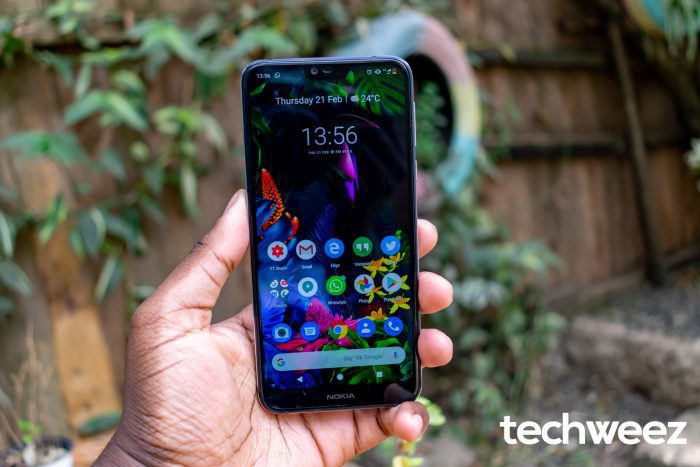
The screen, which is protected by Gorilla Glass 3 and is HDR certified (I struggled to discern any improvements, but your eyeballs may be better than mine), which implies it has more sumptuous colours, bringing more realism and depth, and added ‘pop’ when viewing videos and images.
Battery
The 7.1 packs the same cell size as that in the 6.1 Plus at 3080 mAh. This may appear quite pedestrian to you, but you need to trust us; it delivers. It also supports fast charging that tops it up in under two hours, which is all good in my books.
Drawbacks
I will keep this short and sweet:
- The device overheats once in a while. It gets noticeably toasty when charging, and you just can’t comfortably use it while juicing up. This is frustrating.
- While the 7.1 is constructed noticeably well, it is really fragile, and I’m always super paranoid I will drop on a hard surface and crack its screen or glass back. The fear is also escalated by the fact that repairing unibody, glass-backed phones is not cheap.
- I’m not the kind of a person who cares about benchmark numbers and processor speeds; rather, I pay great attention to day-to-day performance – which has been great, but as I used the 6.1 Plus, I noticed the S636 is great but gets overwhelmed in like a month after use. This is the case with the 7.1 too. It is not sluggish per se, but the phone appears to struggle to execute tasks once in a while. I can’t fault the software because this is just a hardware limitation.
- The reboots! I’m not sure if my software is botched, but I’m not impressed by the number of times the 7.1 randomly restarts. I believe it is an isolated case, but still, I’m not thrilled by this behaviour.
- Can Nokia pack better earphones for its midrange and low-end devices? The included pieces are too antiquated and sound like a cooking stove. Not cool.
Summary
Hardly will you find a better phone at KES 30,000-34,000 than what the 7.1 offers. It is very good; the software is excellent, the battery is great, day-to-day performance is satisfactory, the screen is terrific with support for HDR 10 content and it is put up together quite impressively. While it can perform better (the MTK P70 in competing devices is quicker), it still punches above its asking price. Like, which OEM sells a premium-built device for KES 30,000?
As to whether you should buy or not, don’t hesitate if your budget allows it. You can’t get a better device.
Picture Gallery






